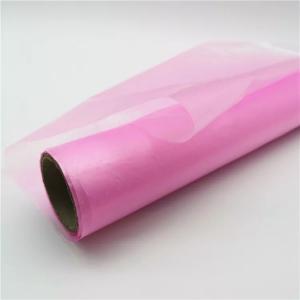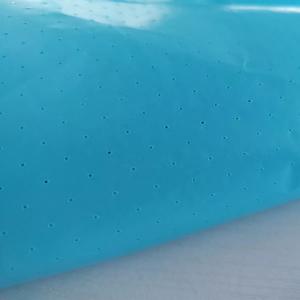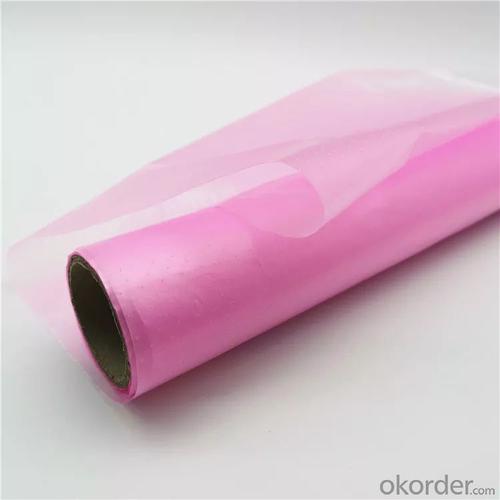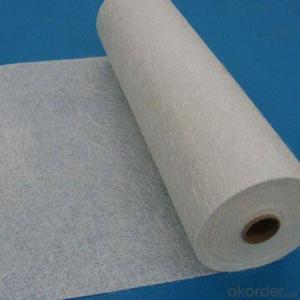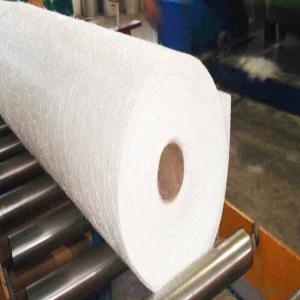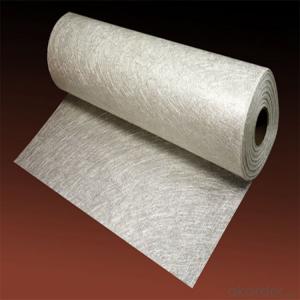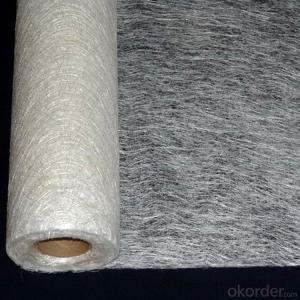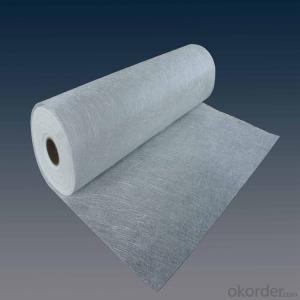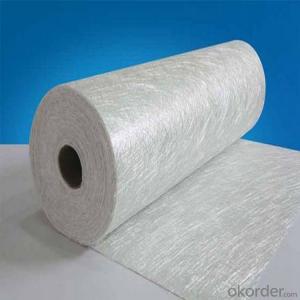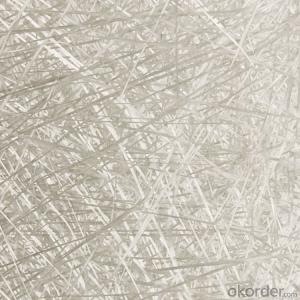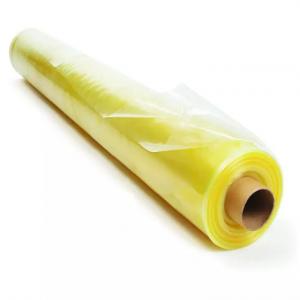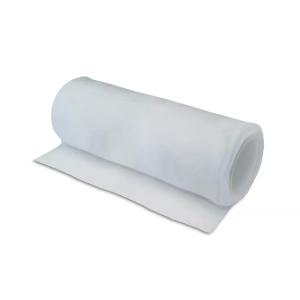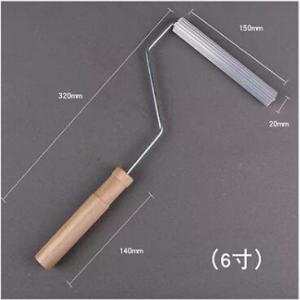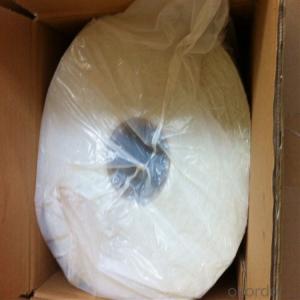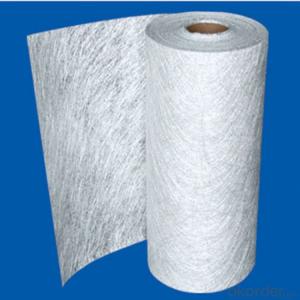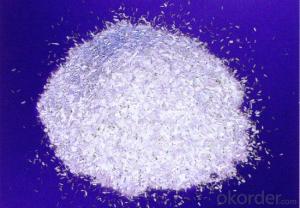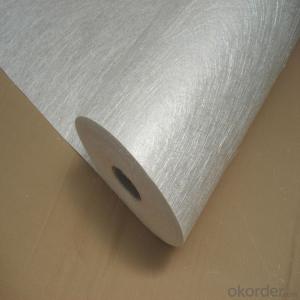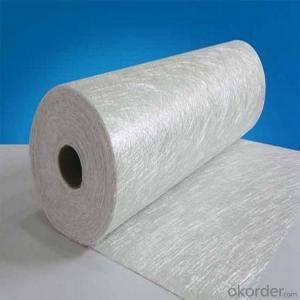Perforated Release film-vacuum infusion process
- Loading Port:
- Shanghai
- Payment Terms:
- TT or LC
- Min Order Qty:
- 200 m²
- Supply Capability:
- 20000 m²/month
OKorder Service Pledge
OKorder Financial Service
You Might Also Like
Perforated Release film
Product Description
Release film is a auxiliary material which is a isolation material in the process of composite production. It can be made into perforated and non perforated types. The perforated type is applied between the composite and suction rubber, and the non perforates type is applied between the suction rubber and molding.
Technique Data
Material:PE
Pore diameter:0.8mm ±0.2mm
Pitch:8mm±0.1mm
Thickness:30μ
Max. working temperature:120 ℃
Tensile strength:>25MPa
Elongation:>200%
Width:≤1.5m ±2mm
Length:600m or According to the request
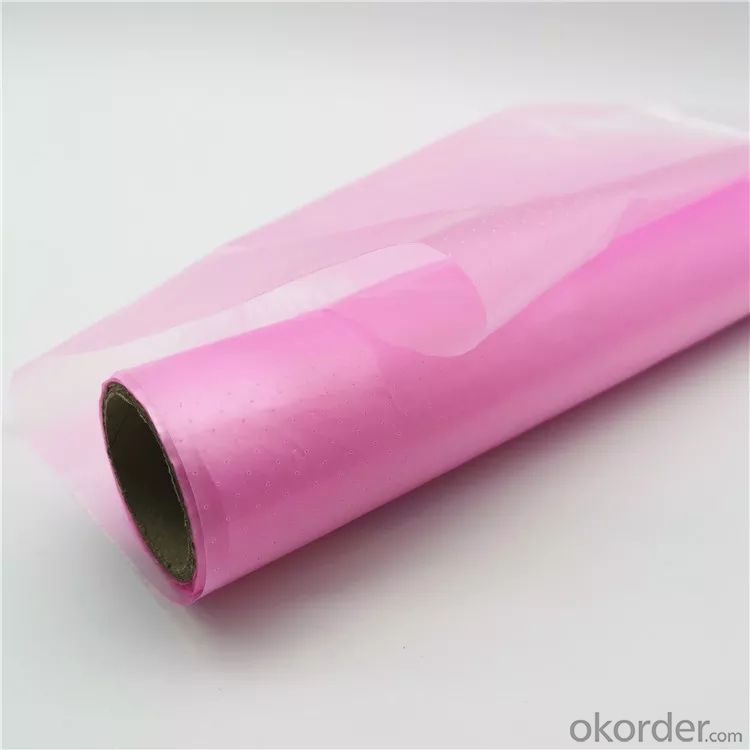
- Q: What is the average length of fiberglass chopped strand?
- The specific application and manufacturing process determine the average length of fiberglass chopped strand, which typically falls between 1/8 inch (3.2 mm) and 1/2 inch (12.7 mm). These lengths are frequently utilized in composite materials like reinforced plastics. They are mixed with a resin matrix to increase strength and stiffness. It is crucial to consider that each industry and product may have distinct length requirements for fiberglass chopped strand. Therefore, consulting the relevant guidelines and standards for each application is essential.
- Q: Can fiberglass chopped strand be used in the production of wind turbine components?
- Fiberglass chopped strand is indeed applicable for the production of wind turbine components. It is widely employed as a reinforcement material in the manufacturing of composite materials, including those utilized in wind turbine components. This material lends strength, durability, and exceptional mechanical properties to the final product. Generally, the chopped strand is mixed with a resin matrix and subsequently shaped or molded into the desired form, such as blades or nacelles, for wind turbines. The resulting composite material boasts a high strength-to-weight ratio, corrosion resistance, and fatigue resistance, making it highly suitable for the demanding operating conditions of wind turbines. Furthermore, fiberglass chopped strand can be easily customized to meet specific performance requirements, such as enhanced stiffness or improved impact resistance, based on the particular application. All in all, fiberglass chopped strand proves to be a versatile and efficient material for the production of wind turbine components.
- Q: What are the UV stability properties of fiberglass chopped strand?
- Fiberglass chopped strand possesses exceptional UV stability characteristics, denoting its capacity to endure the detrimental impact of ultraviolet (UV) radiation emanating from the sun. Given that fiberglass is a composite material formed from delicate glass fibers, it displays a high level of resistance against UV radiation. The primary reason behind the impressive UV stability of fiberglass chopped strand lies within its composition. Fiberglass comprises glass fibers reinforced with a polymer matrix, which imparts additional stability and safeguards against UV radiation. The inherent resistance of glass fibers to UV damage stems from the fact that glass is not affected by UV radiation in the same manner as organic materials. Moreover, the polymer matrix commonly employed in fiberglass chopped strand often consists of a thermosetting resin, such as polyester or epoxy. These resins are meticulously crafted to possess outstanding UV resistance, guaranteeing that the material remains steadfast and does not deteriorate when exposed to sunlight. Aside from the material's composition, the manufacturing process also contributes to the UV stability of fiberglass chopped strand. Typically, a sizing agent coats the glass fibers during production, further augmenting the material's UV resistance. The sizing agent forms a protective barrier around the glass fibers, shielding them from the detrimental effects of UV radiation. All in all, fiberglass chopped strand exhibits unparalleled UV stability traits, rendering it a favored choice for a myriad of applications necessitating durability and resilience in outdoor environments. This encompasses automotive components, marine equipment, construction materials, and other products that face exposure to sunlight and UV radiation.
- Q: What are the safety considerations when working with fiberglass chopped strand?
- There are several safety considerations to keep in mind when working with fiberglass chopped strand. Firstly, it is crucial to don appropriate personal protective equipment (PPE). This entails wearing gloves, safety goggles, and a dust mask or respirator. Fiberglass chopped strand can generate fine airborne particles that can irritate the skin, eyes, and respiratory system when cut or disturbed. Wearing PPE helps minimize the risk of exposure to these particles. Furthermore, working in a well-ventilated area is essential. Handling or cutting fiberglass chopped strand can release fumes or dust that can be harmful if inhaled. Ensuring proper ventilation in the working area, such as using fans or opening windows, aids in reducing the concentration of these particles in the air. Another important safety consideration is to avoid direct skin contact with fiberglass chopped strand. The fibers can cause skin irritation or allergic reactions, particularly if they are sharp or jagged. Handling the material with care and refraining from touching it directly with bare hands is crucial. Moreover, it is vital to dispose of any waste material or scraps properly. Regular trash bins are not suitable for fiberglass chopped strand disposal as it can pose a risk to waste management workers. It is advisable to adhere to local regulations and guidelines for its appropriate disposal, which may involve recycling or special waste collection. Lastly, educating oneself on the proper handling and storage of fiberglass chopped strand is crucial. This includes understanding the manufacturer's instructions and guidelines for safe use. By following these recommendations, the likelihood of accidents or injuries can be minimized. In conclusion, managing the safety risks associated with working with fiberglass chopped strand can be effectively achieved by wearing appropriate PPE, working in a well-ventilated area, avoiding direct skin contact, properly disposing of waste material, and familiarizing oneself with safe handling practices.
- Q: What are the storage requirements for unused fiberglass chopped strand?
- The storage requirements for unused fiberglass chopped strand typically involve keeping it in a dry and cool environment, away from direct sunlight and moisture. It is recommended to store it in a sealed container or bag to prevent any potential damage or contamination. Additionally, it is important to avoid any contact with chemicals or substances that could potentially cause degradation or affect its quality.
- Q: Is fiberglass chopped strand fire-resistant?
- No, fiberglass chopped strand is not inherently fire-resistant. However, it can be treated or coated with fire-resistant materials to enhance its fire-retardant properties.
- Q: What are the key properties of fiberglass chopped strand?
- Fiberglass chopped strand boasts various properties that render it an adaptable material suitable for an array of applications. Above all, fiberglass chopped strand is renowned for its exceptional strength-to-weight ratio. This quality endows it with remarkable robustness and durability while remaining lightweight. Industries such as automotive and aerospace, where sturdy yet lightweight materials are essential to enhance fuel efficiency and performance, benefit immensely from this attribute. Additionally, fiberglass chopped strand exhibits exemplary resistance to corrosion. It remains unaffected by moisture, chemicals, and UV rays, making it an ideal choice for applications exposed to harsh environments or chemicals. This characteristic guarantees the longevity and durability of products crafted from fiberglass chopped strand. Another pivotal property of fiberglass chopped strand lies in its electrical insulation capabilities. Its high dielectric strength enables it to impede the flow of electric current. Consequently, it is well-suited for electrical and electronic applications, where insulation plays a vital role in averting short circuits or electrical hazards. Moreover, fiberglass chopped strand possesses exceptional malleability, granting it the ability to assume various forms with ease. It can be effortlessly molded into intricate shapes and structures, making it a favored option for manufacturing products with intricate designs or customized components. Finally, fiberglass chopped strand excels in thermal insulation. It is a poor conductor of heat, effectively resisting the transfer of thermal energy. This renders it suitable for applications necessitating insulation against extreme temperatures, such as insulation boards or building materials. In conclusion, the key properties of fiberglass chopped strand encompass its impressive strength-to-weight ratio, resistance to corrosion, electrical insulation capabilities, malleability, and thermal insulation attributes. These qualities render it an adaptable material, enabling its utilization across a wide range of industries and applications.
- Q: How does the fiber length affect the processability of fiberglass chopped strand composites?
- The fiber length of fiberglass chopped strand composites directly affects their processability. Longer fiber lengths generally enhance the composite's mechanical properties, such as strength and stiffness. However, longer fibers can be more challenging to process due to increased entanglement and higher viscosity of the composite matrix. On the other hand, shorter fiber lengths promote better flow and dispersion within the matrix, resulting in improved processability and easier manufacturing. Therefore, selecting the appropriate fiber length is crucial to strike a balance between processability and desired mechanical properties in fiberglass chopped strand composites.
- Q: Can fiberglass chopped strand be used for reinforcing ceramic matrix composites?
- Yes, fiberglass chopped strand can be used for reinforcing ceramic matrix composites. It provides strength and improved mechanical properties to the composite material.
- Q: Can fiberglass chopped strand be used in aerospace structural components?
- Yes, fiberglass chopped strand can be used in aerospace structural components. Fiberglass is a lightweight and high-strength material that offers excellent resistance to corrosion and impact. It is commonly used in aerospace applications to reduce weight while maintaining structural integrity. Chopped strand fiberglass can be used in the form of sheets or molded into complex shapes to meet the specific requirements of aerospace components. Additionally, the use of fiberglass in aerospace structural components can also provide insulation and fire resistance properties. However, it is important to note that the specific design and regulatory requirements for aerospace components should be considered when selecting and using fiberglass chopped strand.
Send your message to us
Perforated Release film-vacuum infusion process
- Loading Port:
- Shanghai
- Payment Terms:
- TT or LC
- Min Order Qty:
- 200 m²
- Supply Capability:
- 20000 m²/month
OKorder Service Pledge
OKorder Financial Service
Similar products
Hot products
Hot Searches
Related keywords
